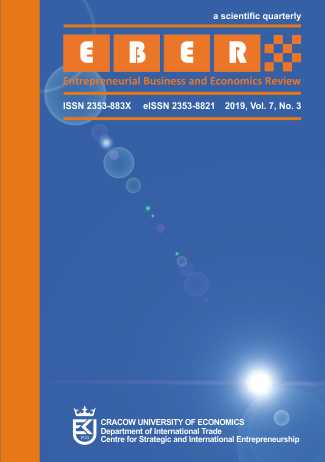Entrepreneurial Technology Opportunism and Its Impact on Business Sustainability with the Moderation of Government Regulations

Abstract
Purpose: This Paper aims to examine the direct relationship between technological opportunism (TO) and business sustainability (BS). The study examines the relation through moderation of government regulations (GR) between TO and BS. The objectives of this research were to establish TO as an important antecedent for the sustainability of small and medium enterprises (SMEs), assess the interaction of TO with GR and to establish relations that how Pakistani SMEs are focusing on their business sustainability through government regulations?
Research Design & Methods: This empirical study is based on 480 key informants belong to the SME sector of Pakistan. Structural Equation Modeling analysis was utilized to analyze the research hypothesis by using Smart PLS.
Findings: Our analysis shows that TO and GR have a positive significant impact on BS of Pakistani SMEs. However, the interaction of TO and GR is also found to have a significant impact on BS but negative.
Research Implications: Furthermore, the study offers the insights and implications for policymakers, regulators and academics that the TO is the most important factor for the business sustainability of SMEs.
Contribution: The findings of this study bridge the gap between the entrepreneurial technological opportunism and business sustainability literature by establishing TO as an important antecedent of BS.
Keywords
technology opportunism, government regulations, business sustainability, SMEs, Pakistan